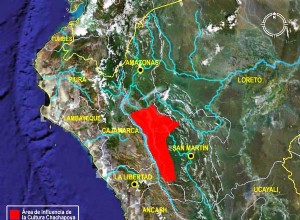The culture of the Northern region of Brazil is vast, rich and heavily influenced by indigenous peoples, Europeans, and Africans, as well as migrants. Because it is a region with a very mixed population, the North has a great diversity of cultural manifestations, that is, customs, beliefs, popular




